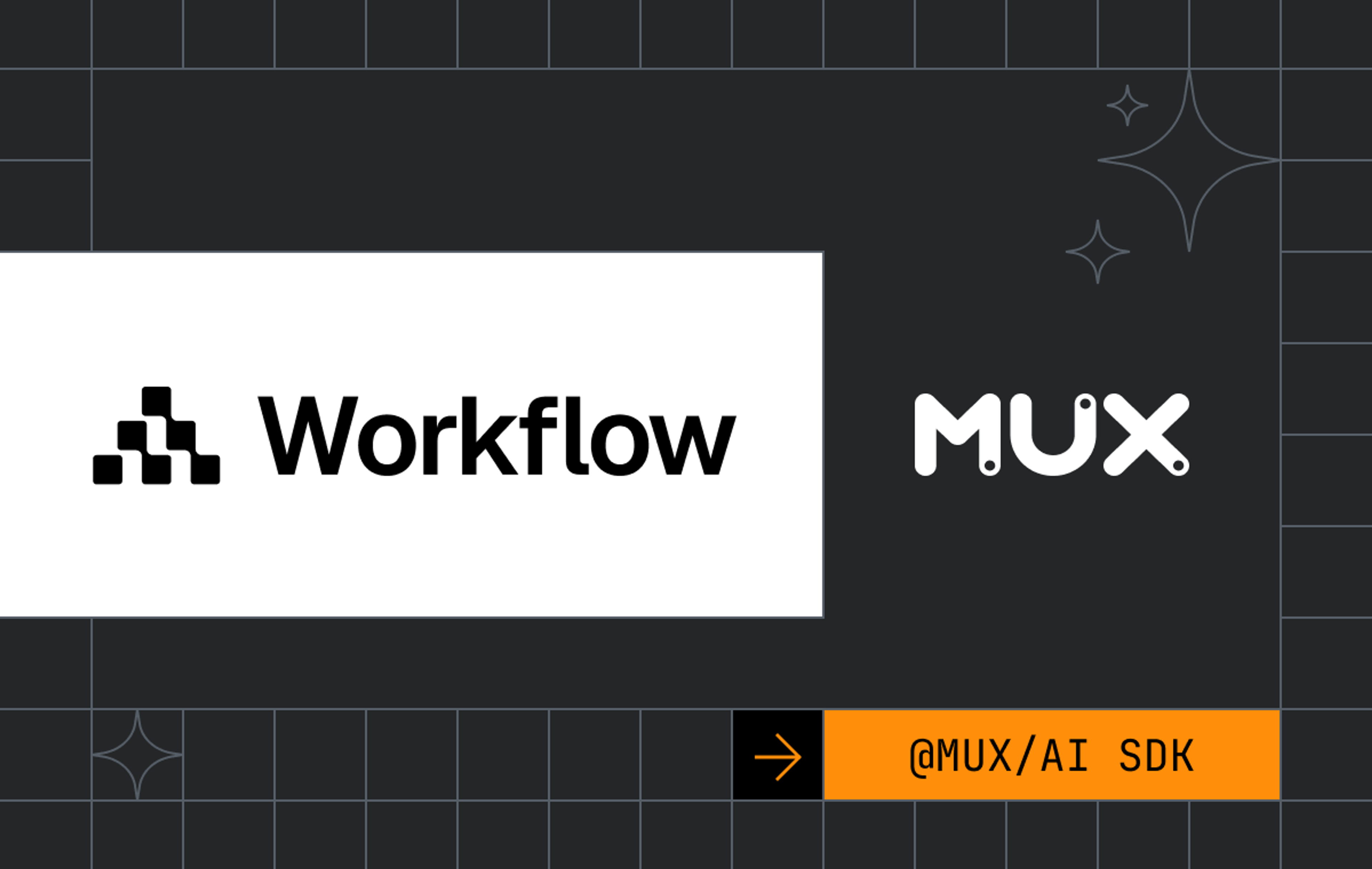At the risk of sounding like an old man, I can barely keep up with the JavaScript landscape. Between server components, islands architecture, incremental static regeneration, code optimization, and the JavaScript frameworks themselves, it feels like we have something new to latch onto in any given week of the year.
But at the end of the day, I calm myself down with a nice bath, I light some candles, and I tell myself these simple, repeatable words: it’s just JavaScript.

Under the hood, beneath all the abstractions, paradigms, and ideas, lies the same old quirky programming language that I’ve been excited about for years. Sometimes it’s hard to see the Jamstack forest when all that catches our attention are the latest, greatest, and tallest trees.
The browser understands simple JavaScript, and that’s not changing anytime soon. That’s why we at Mux have made such a strong bet on the native platform of web components and why we try to reduce our dependencies on libraries where possible and practical.
This is just the J in Jamstack, but let’s not forget about the AM. If you need a reminder, “Jamstack” describes a dev stack that leverages JavaScript, APIs, and Markup. The APIs can be anything from a headless CMS to a simple JSON file. The markup can be HTML, CSS, and JavaScript that is statically generated or server-rendered.
With the Jamstack, you can focus on your site’s content and leave the heavy lifting of deployment and scalability to the cloud.
Dylan wrote a post on the topography of Jamstack a few years back, and while some of the front-runner tooling has changed since then, the core principles remain the same.
Mux is how you build video in the Jamstack
Whenever people ask me what Mux is all about, I try to reduce the lengthy explanations to a simple one: we make the hard parts of video easy. If you think about how you might get video delivery and playback into your application, we want the first thing that comes to your mind to be our APIs and libraries.
You can offload the complex aspects of encoding, playback, and streaming to Mux without having to worry about the underlying infrastructure. We provide an abstraction layer on top of this complexity that is optimized for a great developer experience. So you, too, can light more candles and take more baths. Aaaaah.
And because Mux is a cloud-first platform, it integrates seamlessly with the Jamstack. You can use our APIs to handle your video content on the fly and render it into static markup that can be deployed anywhere.
The Jamstack is here to stay, and it’s only going to get more popular as builders continue to realize the benefits of using JavaScript for their deployments.
See you at Jamstack conf 2022
We don’t stop at just writing about the Jamstack; you can catch us in person at the Jamstack conf November 7-8, 2022, where we’ll be sponsoring the event and presenting our video guestbook. Unfortunately, no guarantees on any fire JavaScript spa slippers swag – but we do know it's going to be a pretty great time. Hope to see you there!



